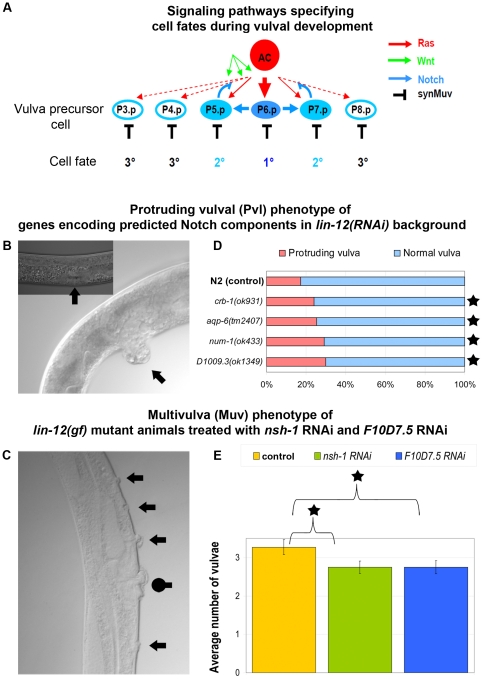Figure 4. Experimental validation of 6 Notch pathway member signalogs in C. elegans.
a) During normal C. elegans vulval development, the pattern of vulval precursor cells is determined by the combined action of distinct signaling pathways, including the Ras/MAPK, Wnt, Notch, and synMuv systems. Activations and inhibitions are represented with normal or blunted arrows. AC: anchor cell. Ras signaling activity is graded along its relative distance from the AC cell (displayed with thick, thin, and dotted red lines). b) Protruded vulva (Pvl, main panel) and wild-type vulva (N2) (inset). c) Ectopic vulval protrusions (arrows) and a normal vulval structure (dotted arrow) in a Muv animal. d) Penetrance of Pvl and normal vulval phenotypes in loss-of-function mutant animals treated with lin-12 RNAi. In each case the mutation significantly increases the penetrance of Pvl phenotype. e) Average number of vulval inductions in lin-12(gf) mutant animals treated with nsh-1 or F10D7.5 RNAi. Observe that both nsh-1 RNAi and F10D7.5 RNAi have smaller numbers of vulvae than the control strain, lin-12(gf). Asterisks denote statistically significant differences. For details of the statistics, see Text S1.

